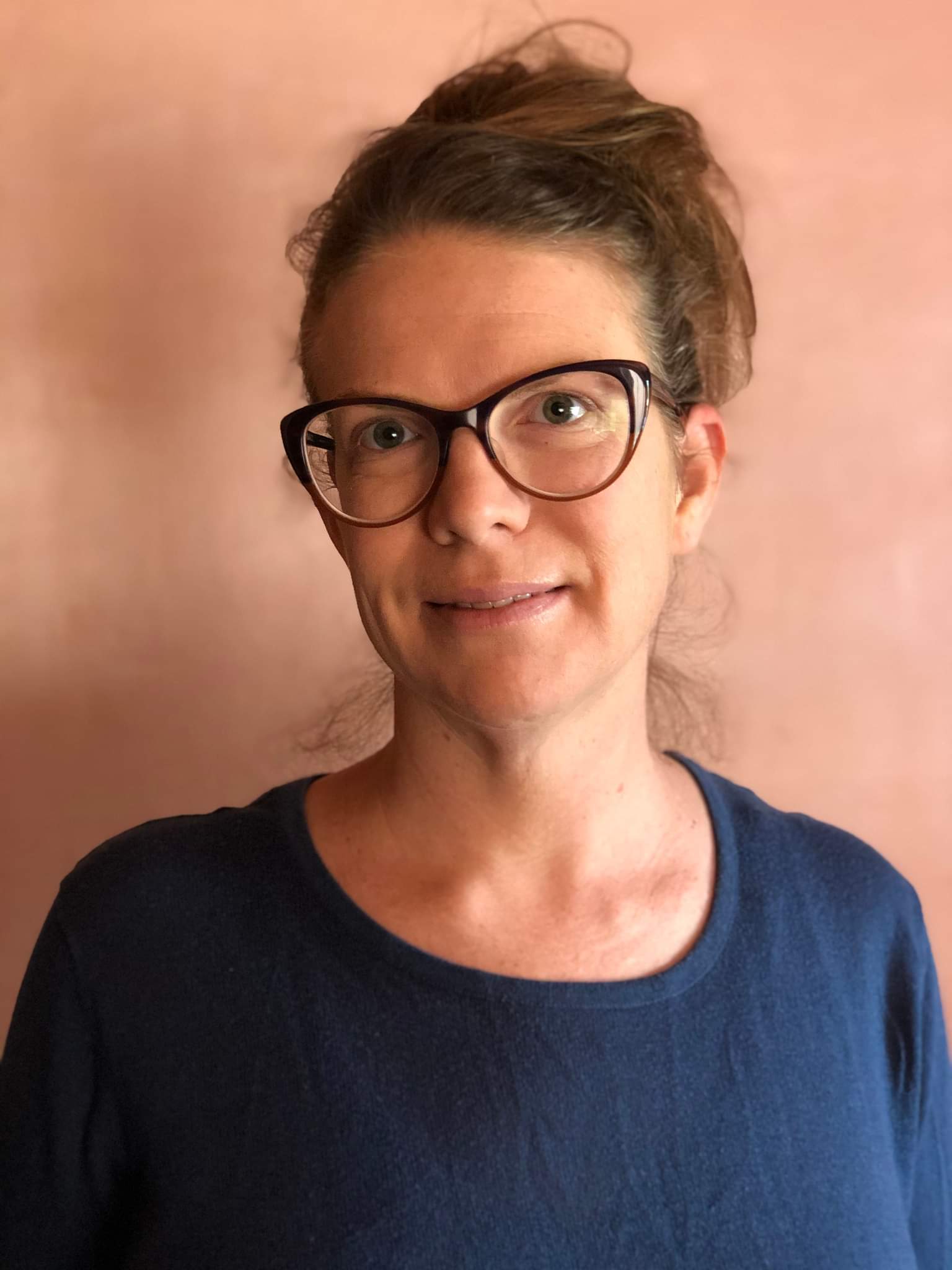Research
As a signed language linguist, I have studied signed languages and deaf/signing communities for the last 20 years. Deaf signing communities are generally acquire language and learn to use it in a variety of ways, in contrast to the more similar language acquisition of monolingual hearing speakers. How do deaf people develop language if they do not hear and cannot acquire spoken languages in the same way as hearing people do? In search of understanding this question, I investigate the mechanisms of cognitive and linguistic processing of deaf people, the impact of bilingualism, and to what extent signed languages, due to their visual modality, shape the minds of deaf people as they learn to sign, read, and for some, speak.
I also study how language use and experience shapes signed language grammar. Signed language grammar is generally described as less linear and sequential compared to spoken languages, yet we find recurring patterns of linguistic structures in sequences of signed language use despite the limited and inconsistent input to learners of signed language grammar. These linguistic patterns reveal interesting grammatical functions that are unique to individual sign languages or generalize across signed languages. Linguistic patterns reveal variation among deaf signers and to some extent, language change.
Although linguistic research, including my studies, provide ample evidence that signed languages are de facto languages, deaf people’s rights to acquire sign languages are still vulnerable and at risk. From the perspective of language policy and planning in highly diverse signing communities, I examine how signed languages are viewed as disability accommodations instead of languages used in cultural and linguistic communities and how the disability accommodation framework reduces sign language rights to interpreter provision and funding in Canada. This underscores the struggle for deaf people in obtaining sign language recognition and sign language rights in Canada. My work revolves broadly around linguistic, psycholinguistic, and socio-anthropological aspects of signed languages and deaf communities, which is, by its nature, highly integrative and collaborative.

Erin Wilkinson
Professor
Department of Linguistics
University of New Mexico
Contact: /www.unm.edu/~ewilkins/.
©2023, All Rights Reserved: /www.unm.edu/~ewilkins/.